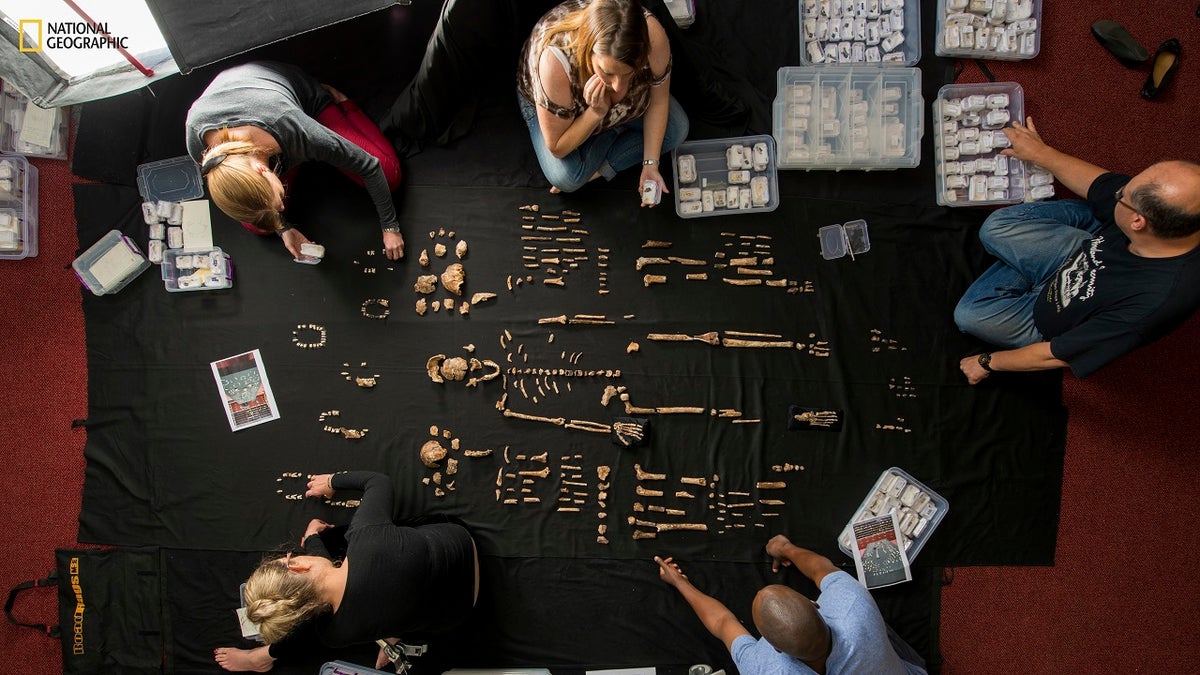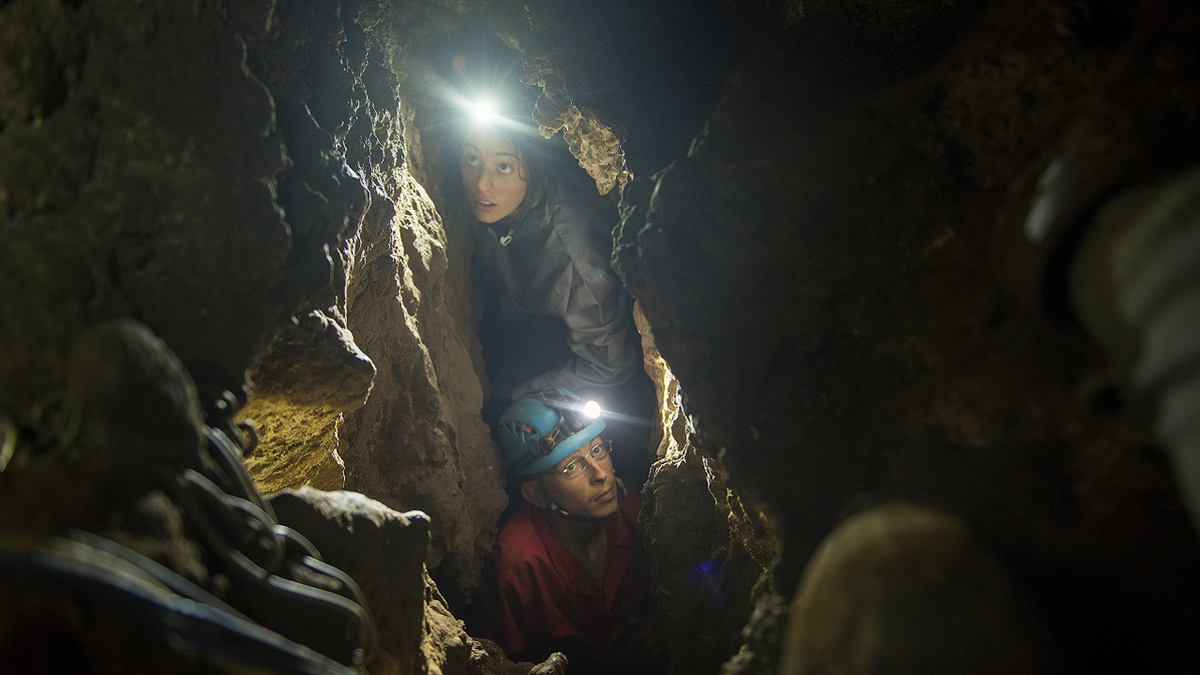Fox News Flash top headlines for June 6
Fox News Flash top headlines are here. Check out what's clicking on Foxnews.com.
New scientific studies posted online suggest that Homo naledi, an ancient human cousin discovered in South Africa a decade ago, might have buried its dead and carved symbols into cave walls in what researchers are calling a "remarkable discovery."
The burials, if confirmed, would be the "earliest yet known by at least 100,000 years," according to an article published Tuesday by National Geographic. The National Geographic Society funded the research.
It would also raise questions about the evolution of human thinking, as such behaviors are "generally deemed unique to Neanderthals and modern Homo sapiens," the article added.
"We are facing a remarkable discovery here" for a species that had brains only one-third of the size of humans, anthropologist Lee Berger, who led the research, was quoted by The Associated Press as saying.
FLASHBACK: SCIENTISTS SAY BONES OF NEW HUMAN RELATIVE DISCOVERED IN SOUTH AFRICA

A rendering of what Homo naledi was believed to have looked like. (Denzil Maregele/Foto24/Gallo Images/Getty Images)
H. naledi is a fairly new addition to the family tree of hominins, which includes our direct ancestors and other extinct relatives who walked on two legs. Berger and his team announced the species in 2015, after a tip from local spelunkers led them to the Rising Star cave system near Johannesburg, where they uncovered fossils from at least 15 individuals who lived around 300,000 years ago.
These creatures had some traits in common with modern humans, like legs made for walking upright and hands that could work with objects, said University of Wisconsin-Madison anthropologist John Hawks, a member of the research team. But other features looked more ancient, including their small brains.
In recent years, the team has ventured back into the caves to further study the species.
HUBBLE CAPTURES DAZZLING ‘JELLYFISH GALAXY’ 900 MILLION LIGHT-YEARS AWAY

Researchers lay out fossils of Homo naledi at the University of the Witwatersrand's Evolutionary Studies Institute in Johannesburg, South Africa, in 2014. (Robert Clark/National Geographic via AP)
One of the newly-published studies, according to the AP, describes what researchers say were intentional burial sites in which fossil remains of adults and children were found in shallow holes, with their bodies arranged in fetal positions.
"The skeletal remains discovered in the cave are concentrated in a single, hard-to-reach subsystem and are dated to between 335,000 and 241,000 years ago – a period when modern humans were just beginning to emerge in Africa," the National Geographic article said.
"Berger’s team raised the possibility of intentional burials in 2015 when it first announced the discovery of Homo naledi. That seemed the most plausible explanation for how more than 1,800 bone fragments ended up deep in an underground chamber reachable only by a four-story vertical drop through a 7.5-inch-wide slot – the length of a pencil – they dubbed the Chute," the article added.
"Moreover, the position and intactness of some skeletal remains suggested that the dead may have been carefully laid out on the floor of the chamber rather than tossed down the Chute to collect as a jumble of bones at its base," it also said.
CLICK HERE TO GET THE FOX NEWS APP

National Geographic explorers navigate the narrow chutes leading to the Dinaledi Chamber of the Rising Star Cave in South Africa in 2014, where fossil elements belonging to Homo naledi were discovered. (Robert Clark/National Geographic via AP)
Another study reportedly described marks found on cave walls, including geometric patterns. The age of the engravings isn’t clear.
But the AP also reports that the research has not been peer-reviewed yet and some outside scientists think more evidence is needed to challenge what we know about how humans evolved their complex thinking.
The Associated Press contributed to this report.


